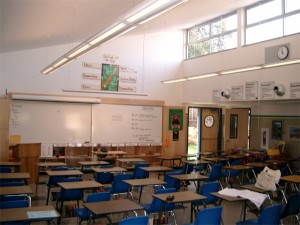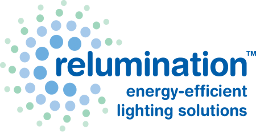 Have you been tossing around the idea of upgrading your school’s interior lighting? If so, you and the other decision makers involved may want to think about incorporating LEDs into your school district’s plans. There are an array of advantages to using LED lighting in an educational setting. Read on for a quick overview of the benefits:
Have you been tossing around the idea of upgrading your school’s interior lighting? If so, you and the other decision makers involved may want to think about incorporating LEDs into your school district’s plans. There are an array of advantages to using LED lighting in an educational setting. Read on for a quick overview of the benefits:
To begin with, it has long been established that the signs and symptoms of certain neurological disorders may be exasperated by select lighting situations. Those disorders include, but are not limited to ADHD, autism, PDD and Asperger’s syndrome. The reasons why such individuals’ symptoms may worsen are often connected to the light fixture’s inherent design. For example, some light fixtures emit noises, UV rays, infrared lights and pulsating illumination that can overload the senses. There are even some light fixtures that contain neurotoxins (mercury), which would obviously be harmful to those with neurological deficits.
LED lights, on the other hand, do not have any of those undesirable characteristics. Thus, that makes them ideal for use in special needs and combination classrooms. In addition, the light that emanates from LEDs is also directional, sufficiently bright and glare-free. All three are features that may help to reduce eye strain for students and staff alike.
A better environment for students, staff and visitors is not the only advantage that may be gained by updating a school’s lighting elements. Installing LED school lighting may also help districts to minimize operational costs, improve safety and become more eco-friendly. That’s because the lights do not increase room temperature, use a lot of electricity or burn out quickly. They are also shatter resistant and cool to the touch. As such, there is less of a chance that your staff will experience school lighting related lacerations and burns.
For more information on how installing LEDs can improve your school’s lighting, contact us via the Relumination website.
